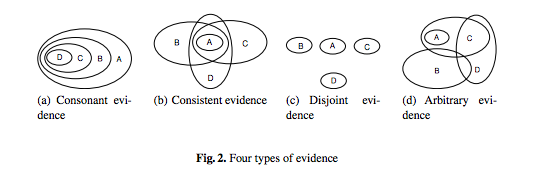I sent off my revised abstract to ECA Lisbon 2015, the European Conference on Argumentation. Evidence informatics, in 75 words:
Reasoning and decision-making are common throughout human activity. Increasingly, human reasoning is mediated by information technology, either to support collective action at a distance, or to support individual decision-making and sense-making.
We will describe the nascent field of “evidence informatics”, which considers how to structure reasoning and evidence. Comparing and contrasting evidence support tools in different disciplines will help determine reusable underlying principles, shared between fields such as legal informatics, evidence-based policy, and cognitive ergonomics.
